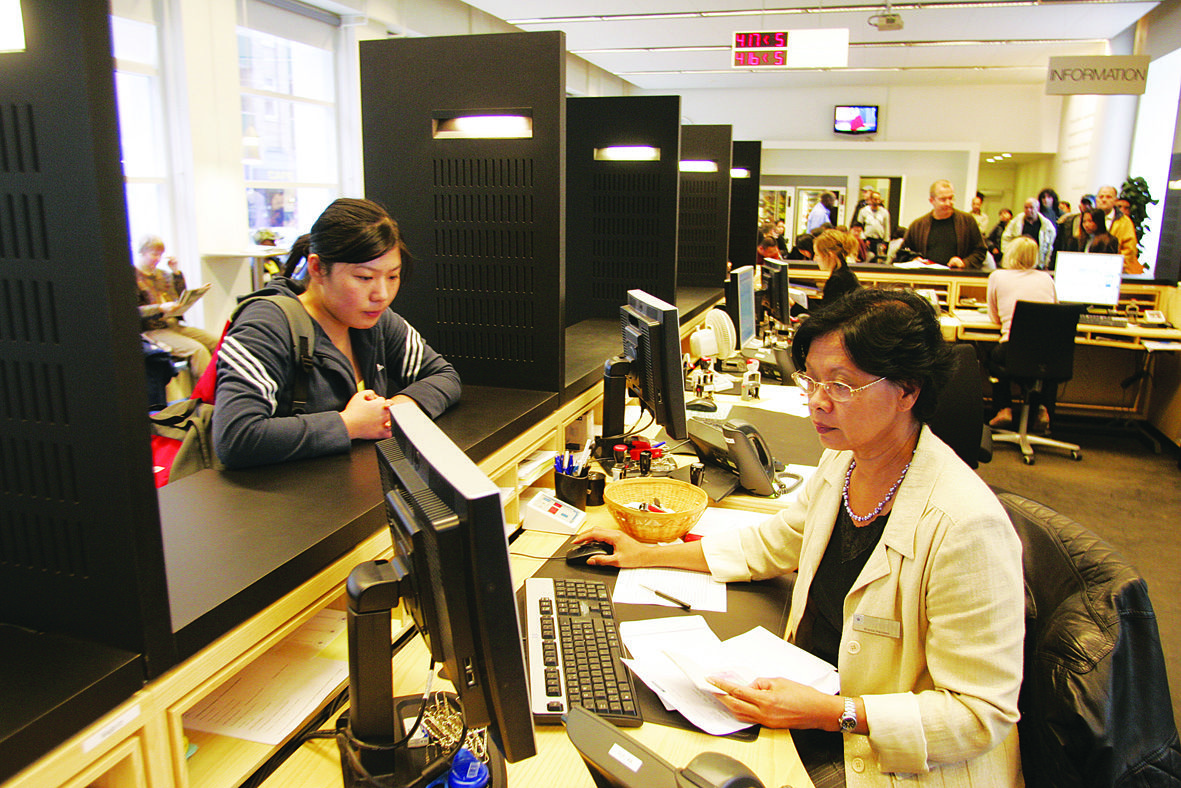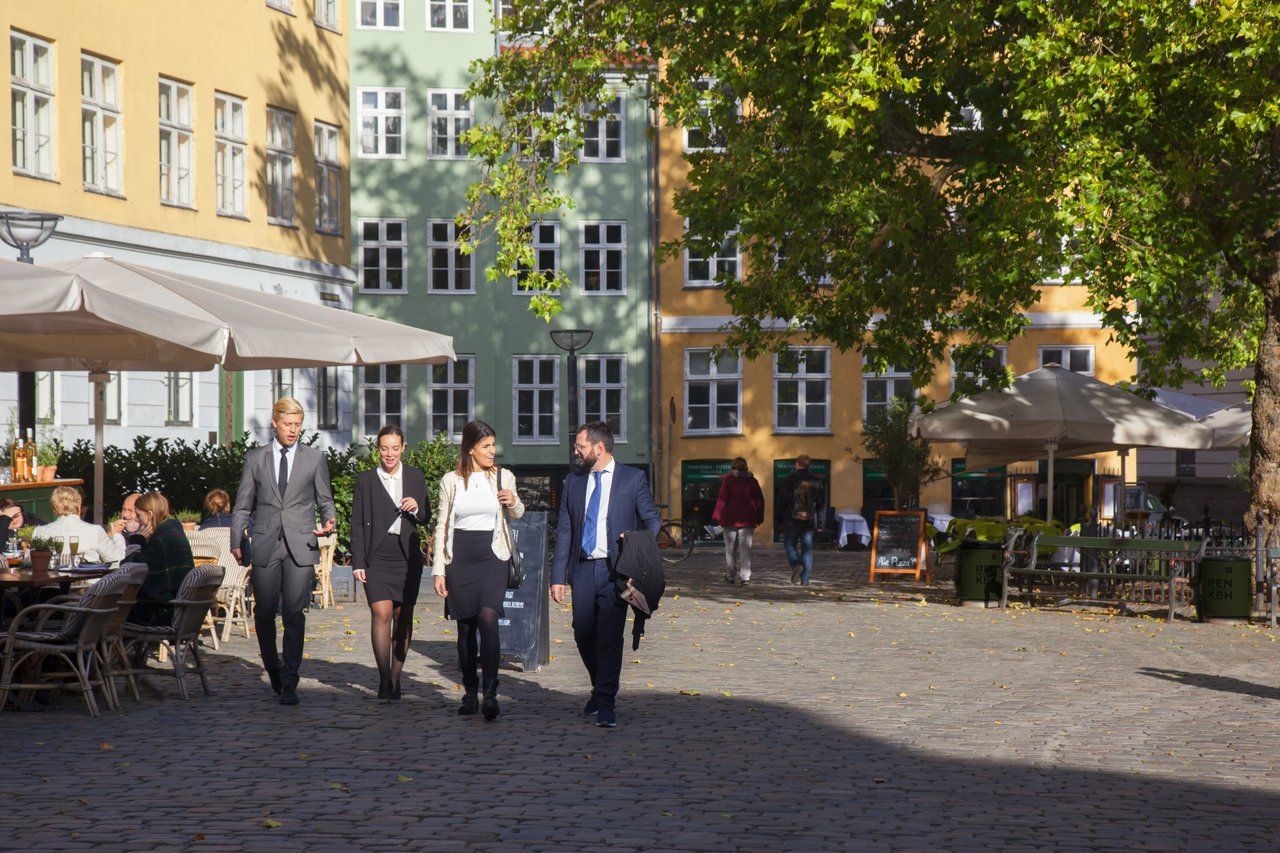Michala Bendixen, chairman of the humanitarian organisation Refugees Welcome, caused consternation at the Integration Ministry on August 3 by issuing the invitation “Please come to Denmark” to asylum-seekers in the British newspaper the Guardian.
Inger Støjberg, the integration minister, and her colleagues have otherwise been working hard to convey the opposite message, even considering advertising Denmark’s tough asylum restrictions in foreign media.
Mutual benefits
Bendixen listed a number of benefits for asylum-seekers who come to Denmark, ranging from the country’s high recognition rates of refugees and fast-case processing time, to the generous system of subsidised education. But she also argued it is in Denmark’s interest to accept more refugees.
“We need you! Our population is ageing, and there are not enough young people to take over,” she said.
“Industry and employers constantly warn about this. So, very soon it will be much easier to get a good job in Denmark than in our neighbouring countries.”
Age: Just a number?
The contention that Denmark’s population is ageing is difficult to argue with. According to figures from the national statistics office Danmarks Statistik, in the past 25 years the proportion of the population over the age of 60 has risen from 20 to 25 percent. There are currently over 1 million pensioners in the country.
The message can also be derived from the United Nations’ recently published 2015 revision of the World Population Prospects report, which forecasts global developments in population.
Dependency developments
An analysis of the data by Politiken reveals serious implications when it comes to the country’s so-called dependency rate. This is the number of people of working age per person over 65.
In 1950 there were 7.2 working Danes to support every pensioner. Today there are just 3.4, fewer than the European average of 3.8. By 2100, this figure is projected to have dropped to 1.9.
Immigration issue
Given the current fertility rate of 1.7 in Denmark (the average number of children born to a woman during her lifetime), even a 1.9 dependency rate by 2100 will be impossible. The UN’s projection includes immigration – without which the figure is 1.7.
A recent report by the centre-left think-tank Cevea concludes that immigration is a necessity for the Danish welfare state.
The report highlights that the number of Danish citizens in the most active working age bracket of 25-54 dropped from about 2.25 million in 1998 to 1.95 million in 2010, but that the combined workforce did not drop drastically as a result of the incoming labour from eastern European countries following the expansions of the EU in 2004 and 2007.
“Immigration is a precondition for Denmark maintaining its level of activity in the workforce,” the report stated.
Welcome workers
During the election campaign Dansk Industri head Karsten Dybvad echoed this message in an interview with Berlingske.
“We can’t indulge the notion that we can get the labour we need by preventing it from coming to us,” he said.
“We risk harming ourselves if we don’t welcome labour from outside.”














